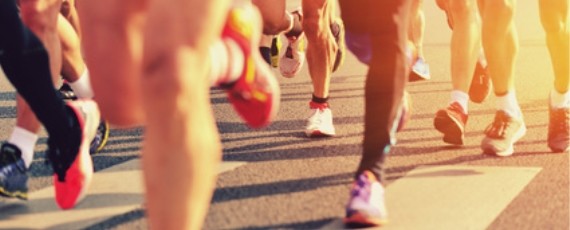Cardiovascular disease (CVD) is a complex disease and several lifestyle-related risk factors such as poor diet, lack of physical activity and smoking have been shown to contribute to a very significant extent to the rising prevalence of people coping with CVD. Most, if not all, scientific and medical authorities around the world have suggested optimizing lifestyle-related habits for improving cardiovascular health. Pharmacotherapy also has a significant role to play in the prevention of CVD, especially in patients with CVD or at high risk for CVD. For instance, by reducing blood cholesterol levels, drugs such as statins have been shown to reduce the incidence of CVD by approximately 20 to 30% in patients at high cardiovascular risk. Although statins have clear cardiovascular benefits, some randomized clinical trials that have highlighted their usefulness have also reported a higher proportion of patients with muscle pain in those treated with statins compared to placebo. This has led many observers and health professionals to advocate against the use of statins on the basis that the muscle-related undesirable side effects of statins may negatively influence physical activity or exercise levels, a risk factor for CVD that is at least as strong or even stronger than blood cholesterol levels. However, few studies have thoroughly examined the impact of statin use on physical activity levels and two recently published studies have provided new evidence on this issue.
The first study, which was published in the latest issue of the Mayo Clinic Proceedings, presents results from the National Runners’ and Walkers’ Health Study. Investigators of this study followed no fewer than 66,377 runners and 12,301 walkers from the Unites States for approximately 7 years. During the follow-up, 3510 runners diagnosed as having hypercholesterolemia began statin treatment while 2583 runners who were also diagnosed as having hypercholesterolemia did not begin statin treatment. Results of this study suggest that compared to participants who did not develop hypercholesterolemia, those who did decreased on average their running distance and running energy expenditure. There was, however, no difference between patients who did vs. who did not begin statin therapy. For walkers, the authors found no differences between patients who developed hypercholesterolemia (regardless of statin treatment) vs. those who did not in terms of walking distance and walking energy expenditure. Although this study is probably one of the largest to document the lack of association between statin therapy and exercise and physical activity levels, it should be taking into account that the observational design of the study, the lack of information about statin dosage and adherence as well as blood cholesterol levels, and the fact that the data was self-reported are significant limitations of this study.
The second study, which recently appeared online in Medicine & Science in Sports & Exercise, overcomes some of the caveats of the first study by presenting the results of a randomized clinical trial on the impact of statin therapy on habitual physical activity in healthy adults. In this trial, 418 statin-naïve participants were randomized to receive either atorvastatin (80 mg/day—the highest dose available on the market) or placebo for a period of 6 months. Physical activity levels were measured with an accelerometer, which was worn during 4 consecutive days at the beginning of the trial and at the end of the trial. In the total study sample, time spent being sedentary increased while time spend performing light and moderate physical activity decreased, as did total physical activity counts. However, here again, there were no differences whatsoever in the changes in time spent being sedentary, time spent performing light and moderate physical activity and total physical activity counts between participants who were treated with atorvastatin or those treated with placebo. Also, using data from this trial, the authors had previously shown that statin therapy did not influence muscle strength or exercise performance (results of this analysis are available here).
Although increasing physical activity and exercise levels have tremendous impact on a plethora of risk factors for CVD such as abdominal obesity, inflammation, blood pressure, insulin sensitivity and many more, its impact on blood cholesterol levels is trivial. Therefore, for people who have already had or are at high risk for heart attacks or strokes, patients with type 2 diabetes and individuals with elevated blood cholesterol are advised to take statins (along with a healthy diet) to reduce cardiovascular risk. According to the latest research, this should not influence physical activity levels. However, statins will not eliminate the risk associated with a sedentary lifestyle. Therefore, interventions targeting ALL modifiable risk factors will ultimately be beneficial for CVD risk prevention.
